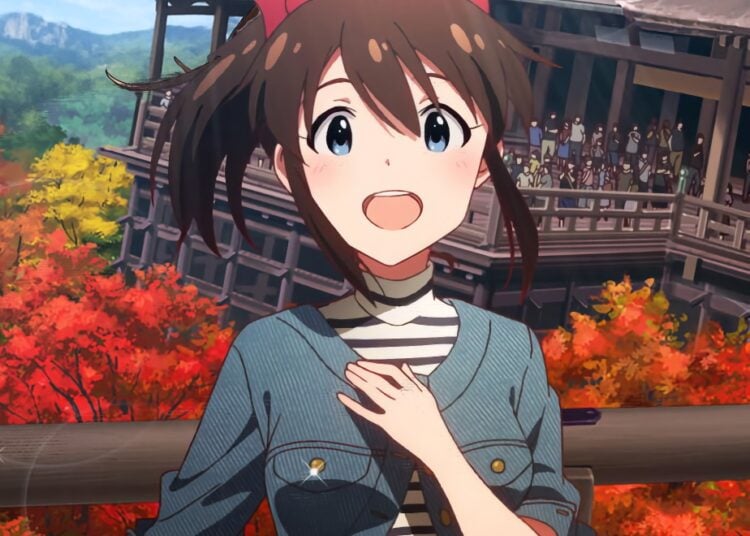Hello from beautiful Kyoto! I took a couple of days off work to take my mother, who is visiting from the U.S., to see Western Japan. While the Kanto region (where Tokyo and Gunma prefecture are) has a lot to see, it really can’t hold a cultural candle to the Kyoto area.
Kyoto is one of the most amazing places in all Japan. The former capital of the country for 800 years or so, it’s filled with many amazing temples, shrines, pagodas, and ancient streets that have been in use for centuries, despite the fact that Kyoto is also a modern, vibrant city. Yesterday we hit most of the most famous sites, starting with the Golden Pavillion (perhaps the most famous single building in all Japan) and Silver Pavillion (which isn’t really silver). We took in the Hall of 33 Bays, a long building containing 1001 intricately carved Buddha statues, each with a unique face (supposedly, you can find one that has your face if you look hard enough) and Ryoanji, a temple with the most famous rock garden in Japan. The cherry blossoms are later than usual this year, so we’ve missed catching the “season of the sakura” here, however Kiyomizu-dera, a raised temple and pagoda overlooking Kyoto (which was nearly destroyed during Godzilla vs Mothra), was really lit up beautifully when we went there last night. Today we’re off to another favorite place of mine, Nara, the first capital of Japan and home the amazing Todaiji, a huge wooden temple that houses the largest Buddha statue in Japan.
I’ve lived in Japan for thirteen years, so it shouldn’t come as a surprise to me, but traveling in Japan sure is expensive. Although we’re only to be gone four days, we’re spending a small fortune, enough to live like kings in most other parts of the world. My wife is in Hungary right now with a friend who always wanted to visit Budapest, and they’re spending a lot less than us, despite flying to the other side of the world. I dearly love Japan, but it can sure cost a lot to see it properly.
Japan’s pagodas (“goju no toh”) are an amazing part of Japan’s architectural history. Usually containing five levels but sometimes more, these multi-tiered buildings on Buddhist temple grounds are fitted together with no nails or cements of any kind, and they’re so perfectly balanced that they withstand earthquakes better than any other structure in Japan. We caught a TV show the other day in which scientists built a complete replicas of the pagoda at Horyuji, built in the 7th century, on top of a platform that simulated earthquakes artificially. No matter how they shook the pagoda, they couldn’t make the balanced structure sway more than a few degrees from center. And in fact, there’s not a single record of a pagoda collapsing in a quake in Japan’s history.
And for the pictures and product images today I have…nothing! Yes, thanks to the stupid hotel I’m in now (the Hotel No Internet or something like that), which promises me broadband Internet and a ride on the train, there’s something the matter with…oh nevermind. (Apologies to A.A. Milne) I have done my update with my trusty Bluetooth phone, which is packet-based and can get very pricey when it wants to, thus I am going “all text” today. Ever so sorry.















